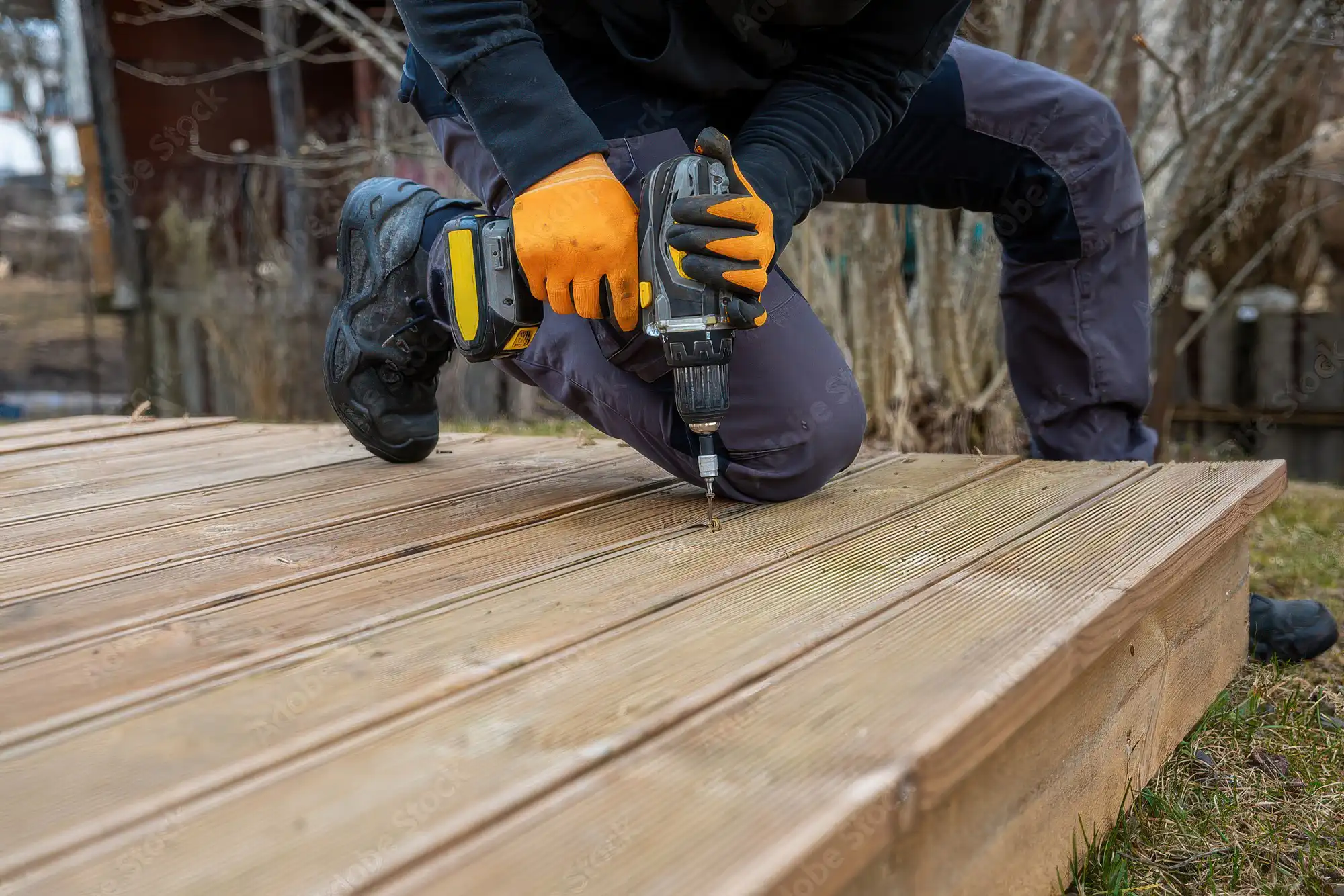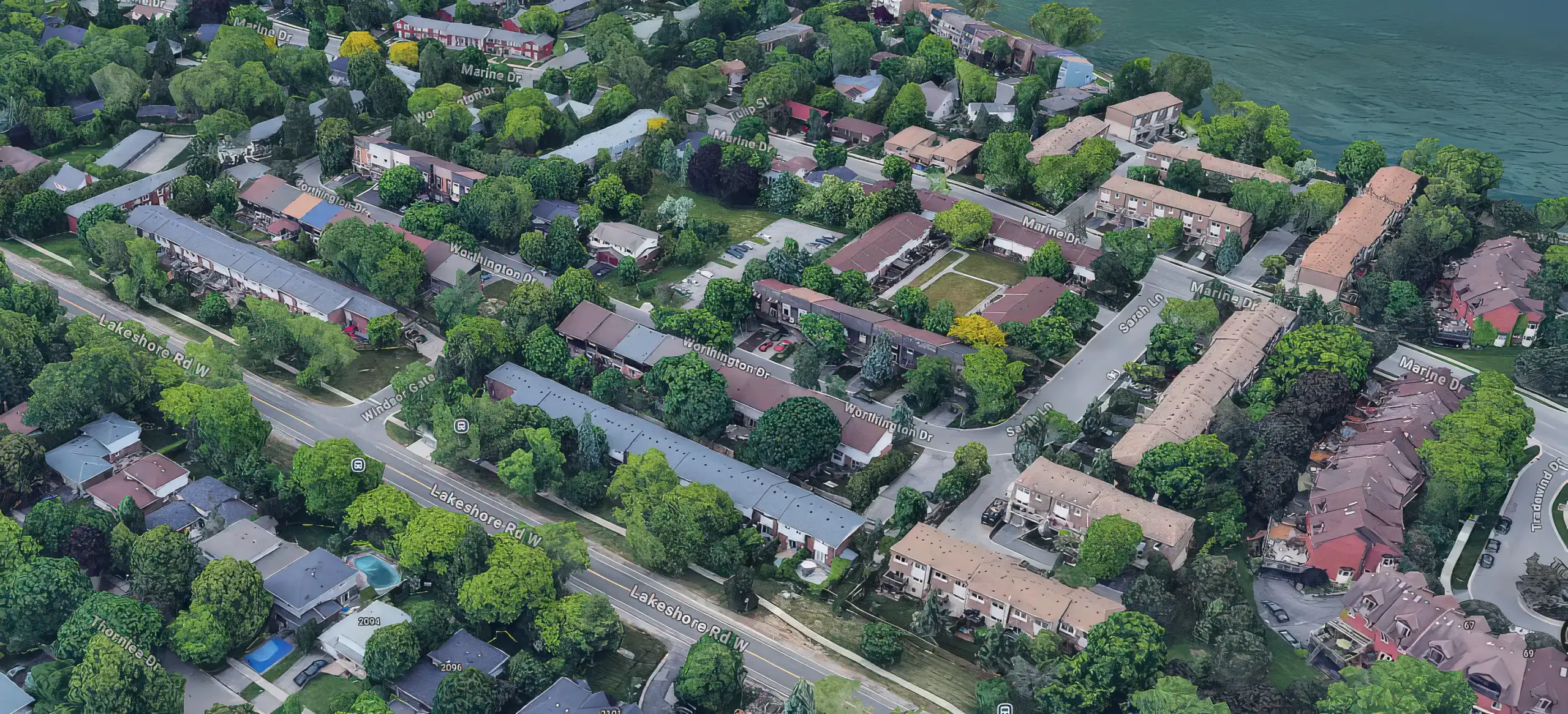The decking industry has long grappled with environmental concerns, from deforestation to the carbon footprint of manufacturing processes. However, a groundbreaking innovation is set to transform the landscape of sustainable decking: carbon-negative composites. Carbon-negative composite decking not only reduces environmental impact but actively contributes to carbon sequestration, marking a significant leap forward in eco-friendly construction.
What are Carbon-Negative Composites?
Carbon-negative composites represent a new class of decking materials that store more carbon dioxide than is emitted during their production. Unlike traditional composites, which often combine recycled plastics and wood fibers, carbon-negative composites incorporate innovative CO2-storing fillers.

Key features:
- Made from low-quality brown coal or lignite fibers
- Modified with carbon dioxide to enhance compatibility with plastics
- Sequesters 2.5% carbon dioxide by weight
- 16% cheaper than standard composite decking
For those interested in exploring various decking options, including eco-friendly alternatives, visit our comprehensive guide to decking materials.
The Science Behind Carbon-Negative Composite Decking
The manufacturing process of carbon-negative composite decking involves advanced techniques such as friction extrusion. This process allows for the integration of CO2-storing materials into the composite structure, creating a durable and environmentally beneficial product.
Materials used:
- Low-quality brown coal or lignite fibers
- Carbon dioxide as a modifier
- Plastic binders for structural integrity
Environmental Benefits of Carbon-Negative Composite Decking
The potential environmental impact of carbon-negative decking is substantial. If widely adopted in the US market alone, this technology could sequester up to 230,000 tonnes of CO2 annually. This significant carbon sequestration potential far outweighs the environmental impact of traditional decking materials.
For a comparison with other eco-friendly options, check out our guide on Trex Transcend, a leading composite decking material.Performance and Durability of Carbon-Negative Composite Decking
Despite its environmental benefits, carbon-negative decking doesn’t compromise on performance. These innovative composites meet international building codes for strength and durability. This ensures that homeowners can enjoy both sustainability and longevity in their decking choices.
To explore other durable decking options, consider Fiberon decking, known for its durability and style.
Economic Advantages of Carbon-Negative Composite Decking
Carbon-negative composite decking offer compelling economic benefits. They are approximately 16% cheaper than standard composite decking, making them an attractive option for cost-conscious consumers who also prioritize sustainability.
For those interested in cost-effective yet high-quality decking, Trex Enhance offers an excellent balance of affordability and performance.
Future Applications and Research
The potential of carbon-negative composites extends beyond decking. Researchers are exploring applications in other building materials such as fencing and siding. Ongoing research and development in this field promise to further enhance the performance and environmental benefits of these materials.
For a glimpse into the future of decking technology, explore Trex Lineage, a revolutionary new decking line.
Conclusion
Carbon-negative composites represent a significant leap forward in sustainable decking technology. By offering a product that is not only environmentally friendly but also economically viable and durable, this innovation has the potential to revolutionize the construction industry. As we move towards a more sustainable future, carbon-negative decking stands out as a prime example of how technological advancements can address environmental challenges while meeting consumer needs.
For help in choosing the perfect decking material for your project, visit our guide on finding your dream deck.
The introduction of carbon-negative composites marks a new era in sustainable decking, offering a solution that is good for both the environment and the consumer. As this technology becomes commercially available, expected as early as summer 2025, it promises to set a new standard for eco-friendly construction materials.
Take the Next Step Towards Sustainable Carbon-Negative Composite Decking
Ready to revolutionize your outdoor space with sustainable decking? At Deck Store, we’re committed to bringing you the latest innovations in eco-friendly decking solutions. While carbon-negative composite decking is still on the horizon, we offer a wide range of environmentally responsible options that can help you reduce your carbon footprint today. Explore our decking materials to find the perfect balance of sustainability, durability, and style for your project. Our expert team is always available to guide you through the selection process, ensuring you make an informed decision that aligns with your environmental values and aesthetic preferences. Don’t wait to create the sustainable outdoor living space of your dreams – contact us today to get started on your eco-friendly decking journey!
Frequently Asked Questions
What is the CO2-trapping decking material?
This is a new synthetic decking material that helps combat climate change by trapping CO2 within its structure. Instead of using traditional wood shavings, it incorporates particles with CO2 on the surface, creating an eco-friendly, durable decking solution.
How does carbon-negative composite decking material differ from standard synthetic decking?
Standard synthetic decking typically uses a combination of polyethylene plastic and wood shavings. This innovative material replaces the wood shavings with CO2-trapping particles, reducing environmental impact while providing similar durability and appearance.
How much CO2 does carbon-negative composite decking store?
The material can hold approximately 5% of its weight in CO2. For example, the U.S. decking market’s 3.5 billion linear board feet could remove emissions equivalent to 50,000 cars annually if switched to this material.
Can I use carbon-negative composite decking for purposes other than decking?
Yes, besides decking, this CO2-trapping composite can also be used to create fences, house siding, and other outdoor structures, offering versatile applications for eco-conscious homeowners.
Is carbon-negative composite decking durable over time?
Yes, carbon-negative composite decking is engineered to have similar longevity and resilience as conventional composite decking. Its structure and design ensure it withstands outdoor elements, while the CO2-trapping particles are securely held in place within the composite.
Why is carbon-negative composite decking considered part of the climate change solution?
This decking solution actively reduces atmospheric CO2 levels by integrating CO2 into the decking material itself, thereby contributing to long-term carbon storage in everyday building materials.



